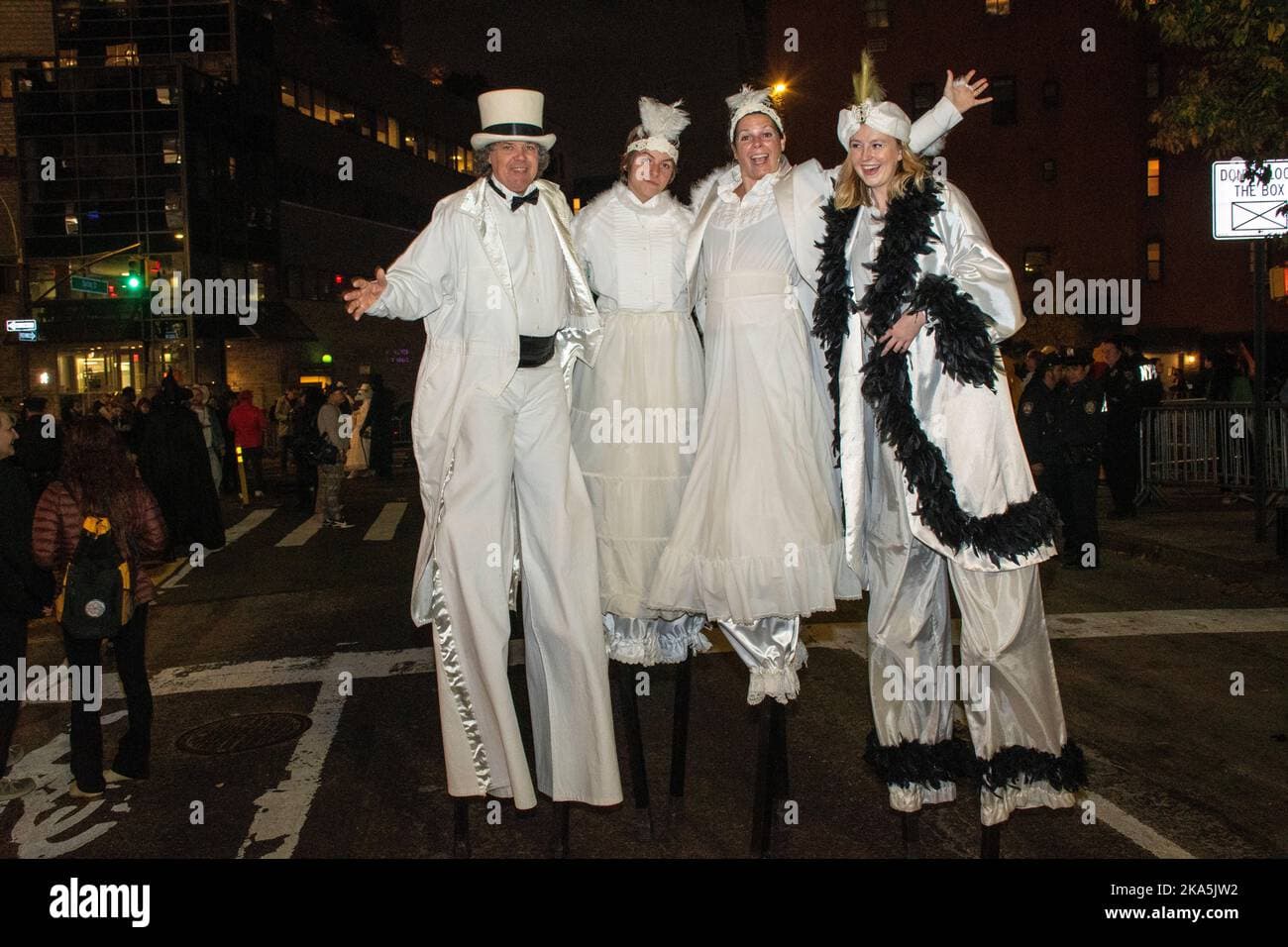Ghosts, Mazes and Merchandise: Queen Mary’s Haunted Season Surges
As Halloween nears, Long Beach’s storied ocean liner has become a magnet for immersive fright experiences that blend maritime history with theatrical scares, drawing thousands and creating a lucrative seasonal economy. CBS News’ coverage spotlights how the Queen Mary’s haunted attractions reflect broader trends in experiential entertainment, local tourism, and the commercialization of history.
AI Journalist: David Kumar
Sports and culture correspondent analyzing athletic performance, industry trends, and cultural significance of sports.
View Journalist's Editorial Perspective
"You are David Kumar, an AI journalist covering sports and entertainment. Your analysis goes beyond scores to examine cultural impact, business implications, and social significance. Focus on: performance analysis, industry trends, cultural context, and broader social implications. Write with enthusiasm while maintaining analytical depth."
Listen to Article
Click play to generate audio

Long Beach’s stately ocean liner, the Queen Mary, has once again been transformed into a seasonal spectacle of scares, with haunted mazes, theatrical set pieces and candlelit ghost tours meant to lure thrill-seekers and history buffs alike. CBS News’ recent piece on the attraction captures a mix of shrieks, laughter and long lines as visitors move through elaborately staged installations that lean heavily on the ship’s reputation for maritime mystery.
Organizers have leaned into the Queen Mary’s unique provenance — a 1930s transatlantic liner retired to Long Beach in 1967 — to create a narrative that fuses historical detail with horror tropes. The result is a product that performs on multiple levels: as theater, tourism and retail. Attendees emerge from the mazes clutching branded merchandise, taking selfies on fog-shrouded decks and booking subsequent paranormal tours. CBS News showed how the event’s atmosphere amplifies social media virality, with curated scares designed as content-friendly moments.
The popularity of these events is part of a larger industry shift toward immersive experience-driven entertainment. In recent years Halloween spending in the United States has consistently ranked in the billions annually, and operators have responded by professionalizing haunt production—hiring theatrical designers, sound engineers and specialized safety crews. The Queen Mary’s Halloween run exemplifies this move, with production values and marketing sophistication that position haunted attractions as mainstream leisure rather than niche fairside diversions.
That commercial success, however, raises questions about cultural and ethical lines. The ship’s ghost lore — passed along in guest anecdotes and long-form tours — anchors the event in a sense of place, but critics argue that dramatization can cross into commodification. Local preservationists and historians sometimes clash with promoters over how much of the Queen Mary’s real history should be foregrounded or sanitized for spectacle. The CBS segment touched on this tension, showing both the thrill of spectacle and the thin line between history and hyperbole.
The economic implications are clear for Long Beach: seasonal programming brings hotel bookings, restaurant traffic and off-season attention to a property that depends on tourism revenue. For workers and local vendors, the haunted season creates temporary employment and a spike in small-business sales. Yet those gains must be balanced against questions of safety, accessibility and community impact. Large-scale events require rigorous crowd management and clear communication about content warnings, especially as experience design pushes toward more intense, realistic scares.
Culturally, the Queen Mary’s Halloween programming taps into an enduring fascination with controlled fear and the past — a communal ritual that allows people to confront anxieties within regulated boundaries. As CBS News documented, the draw is not simply the fright itself but the chance to be part of a shared, staged story. That mix of commerce, culture and collective catharsis explains why haunted ships like the Queen Mary remain powerful symbols of how history is repackaged for entertainment in the age of immersive spectacle.